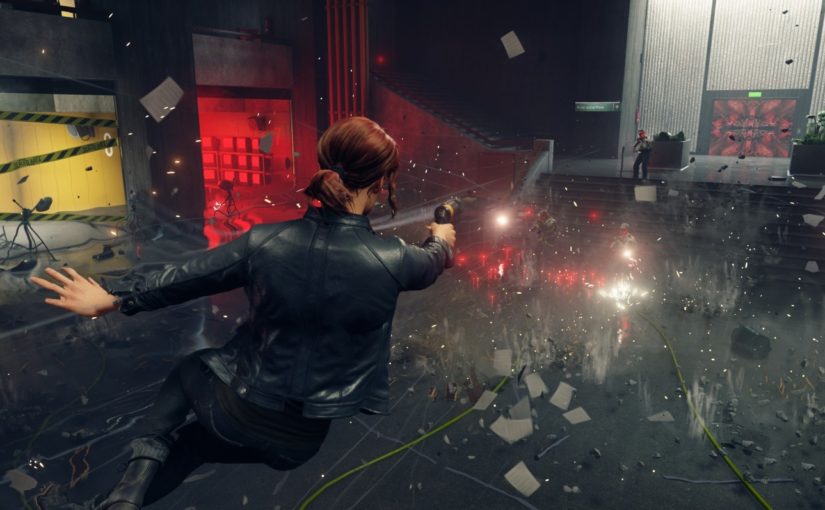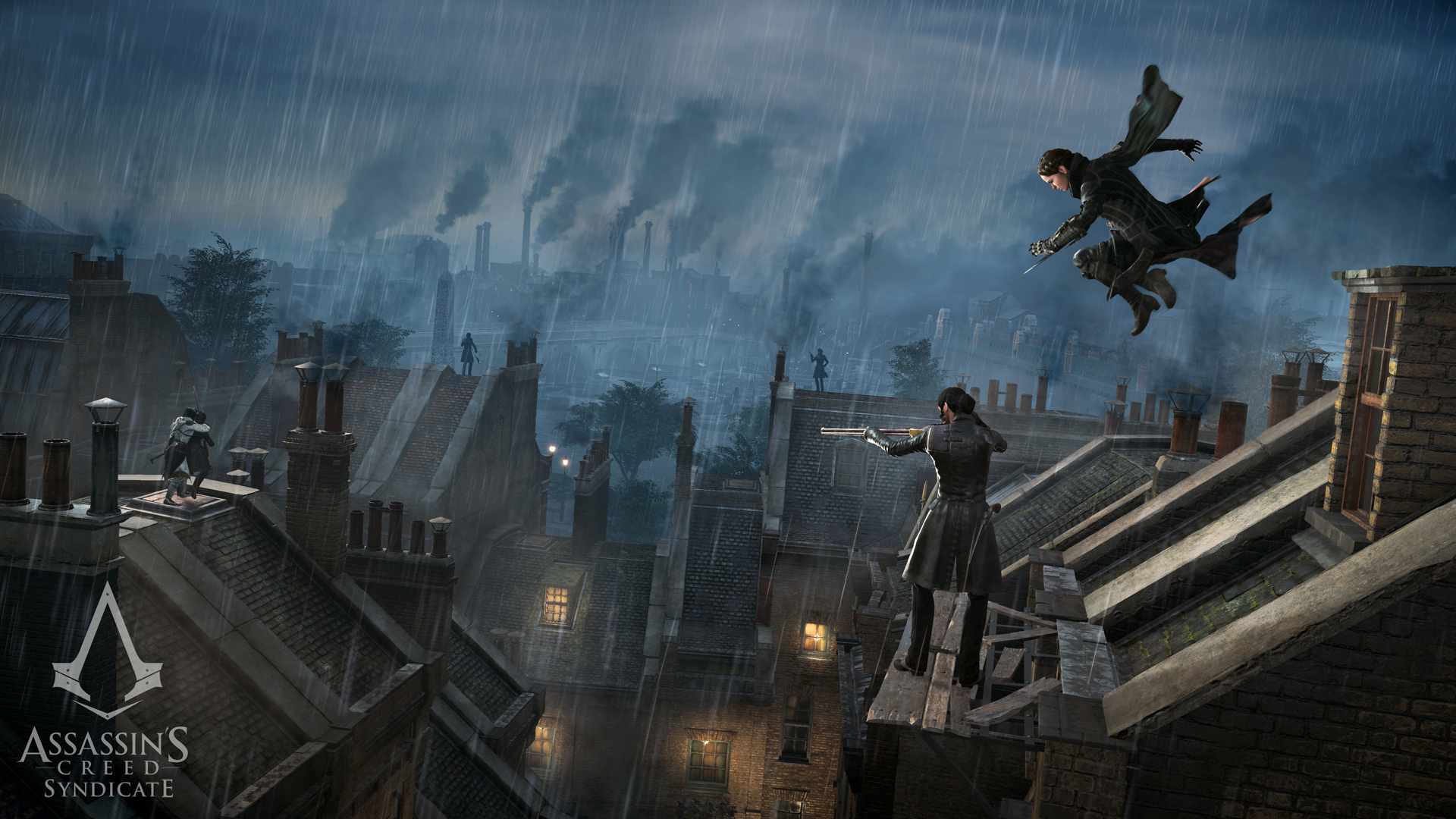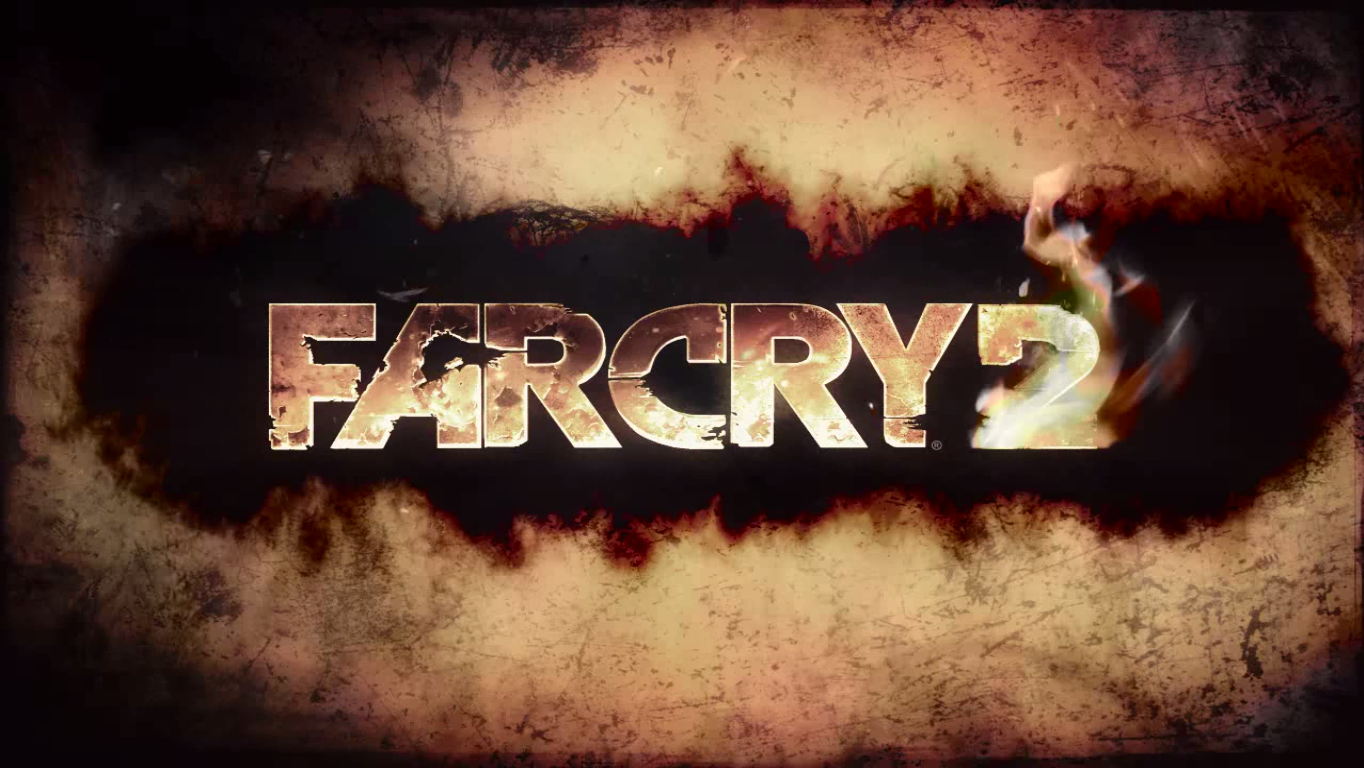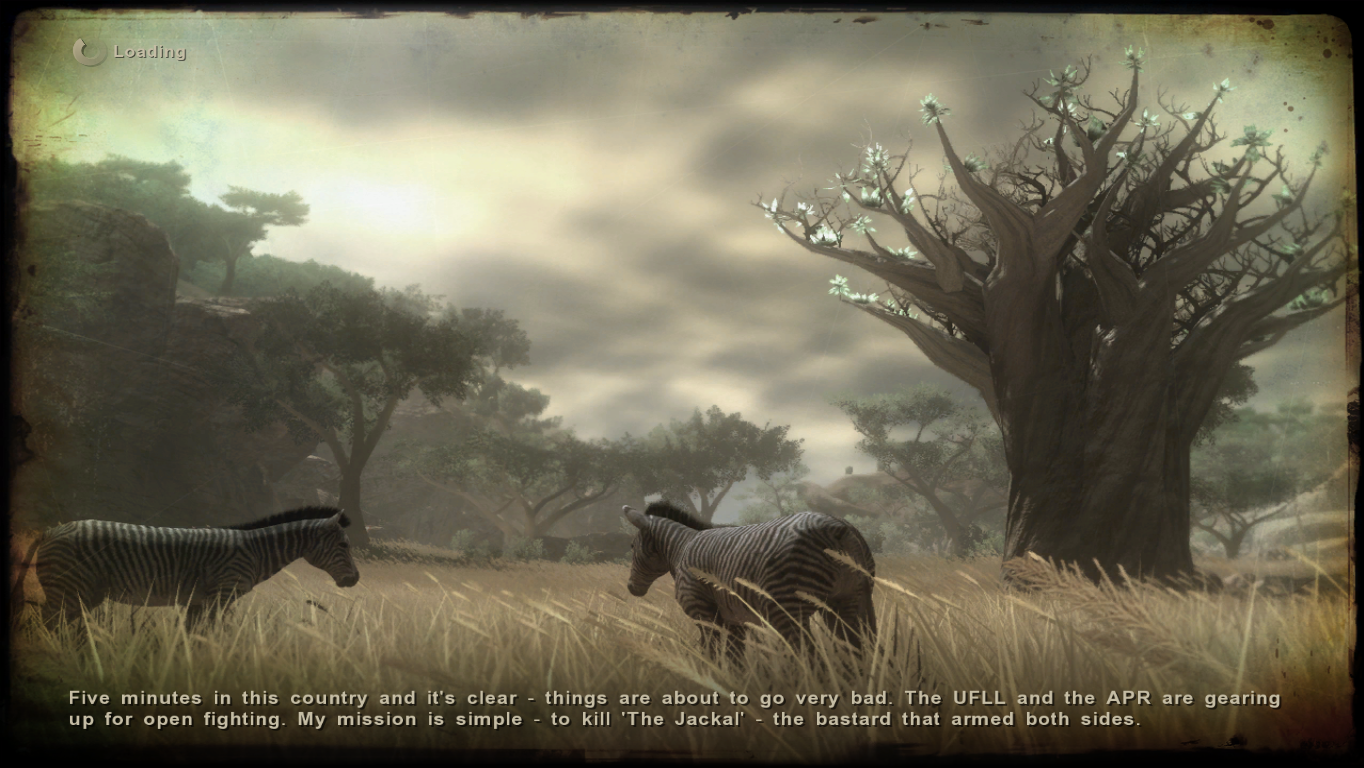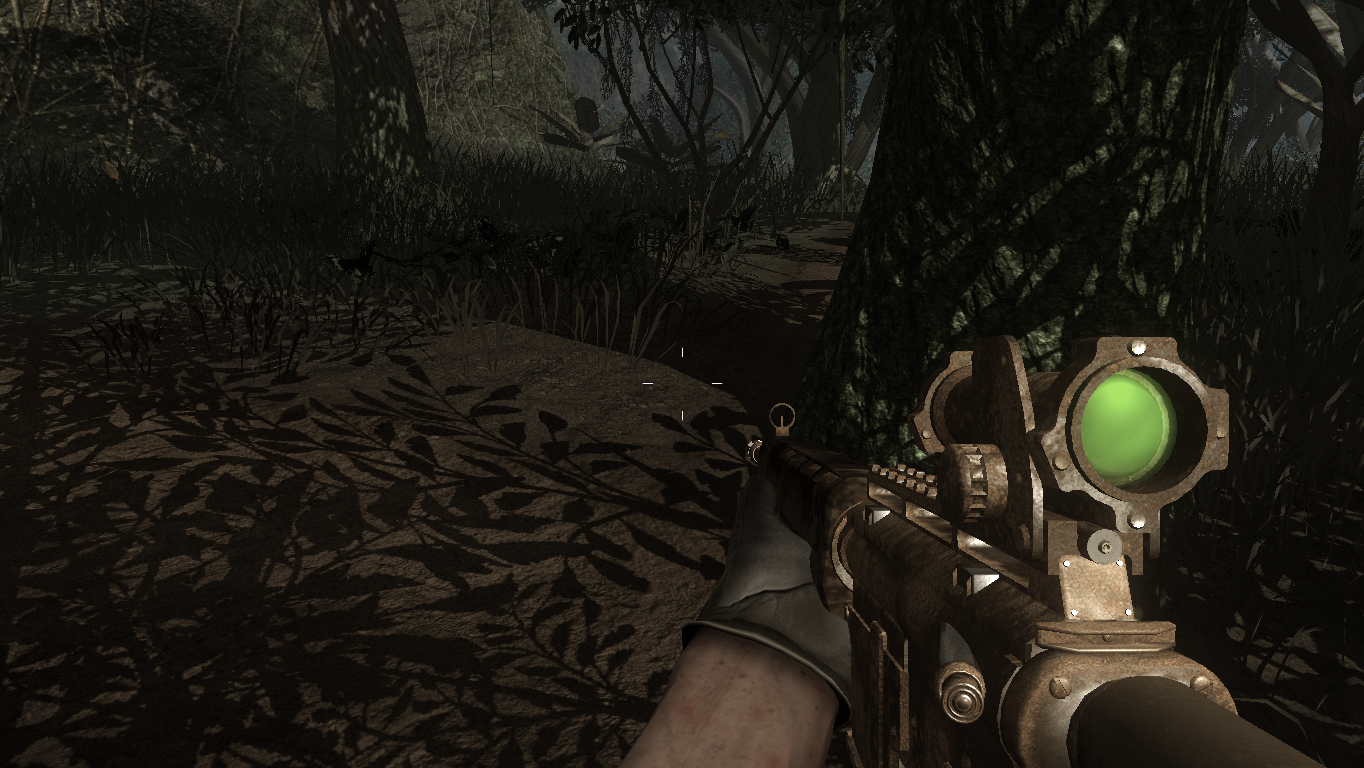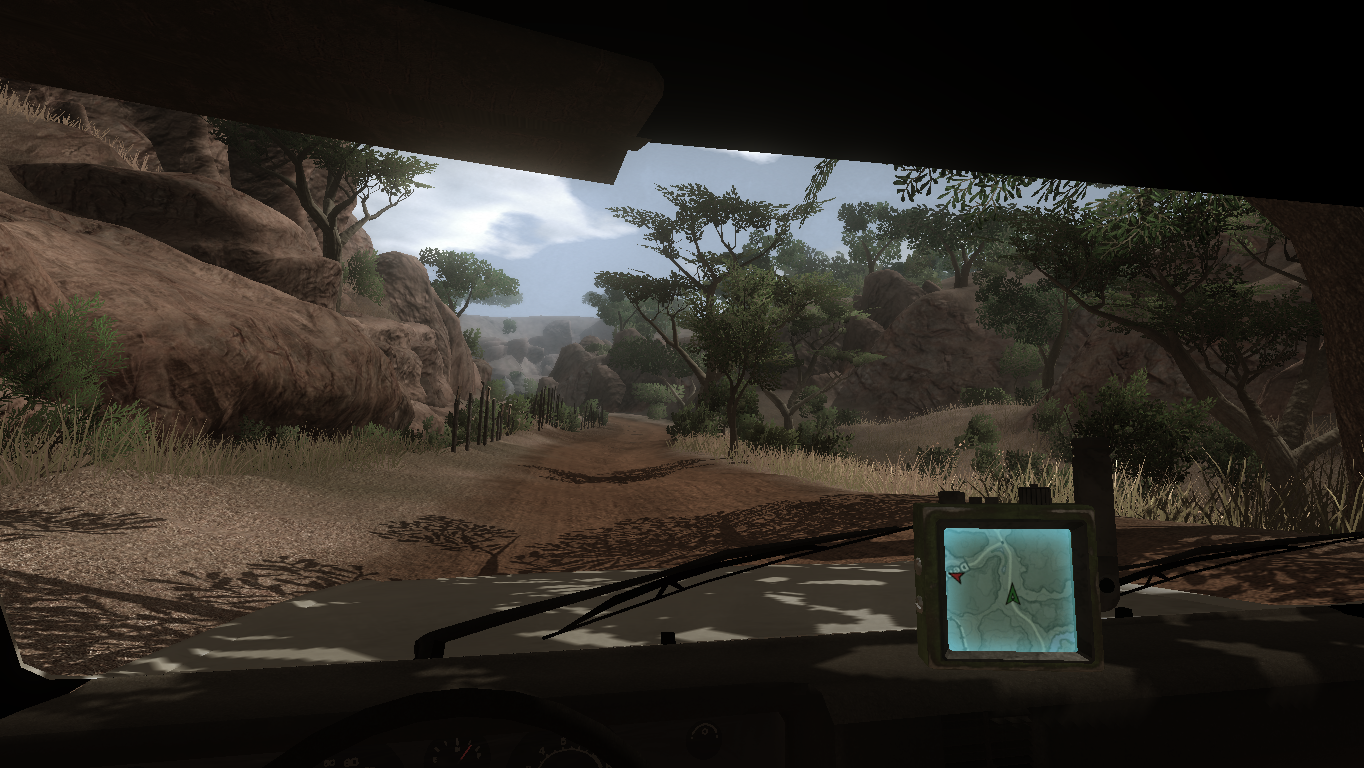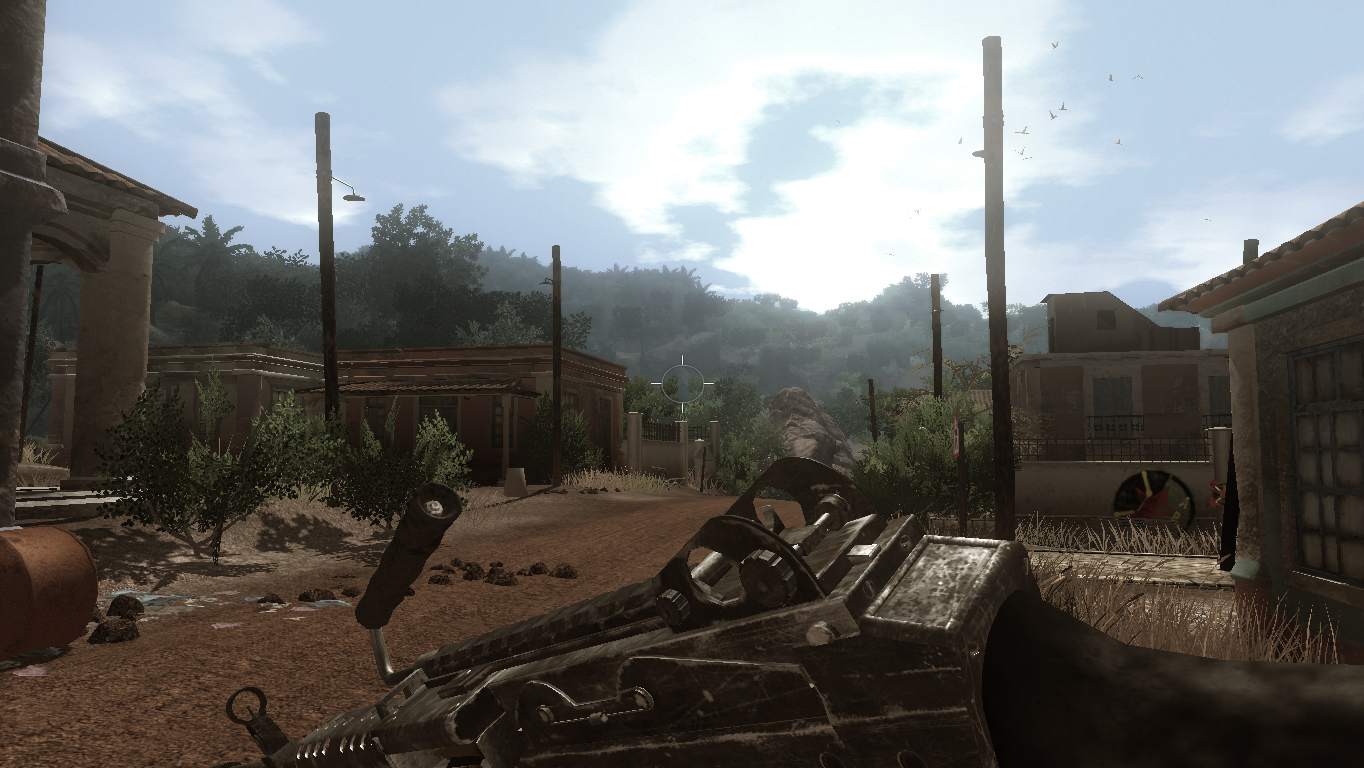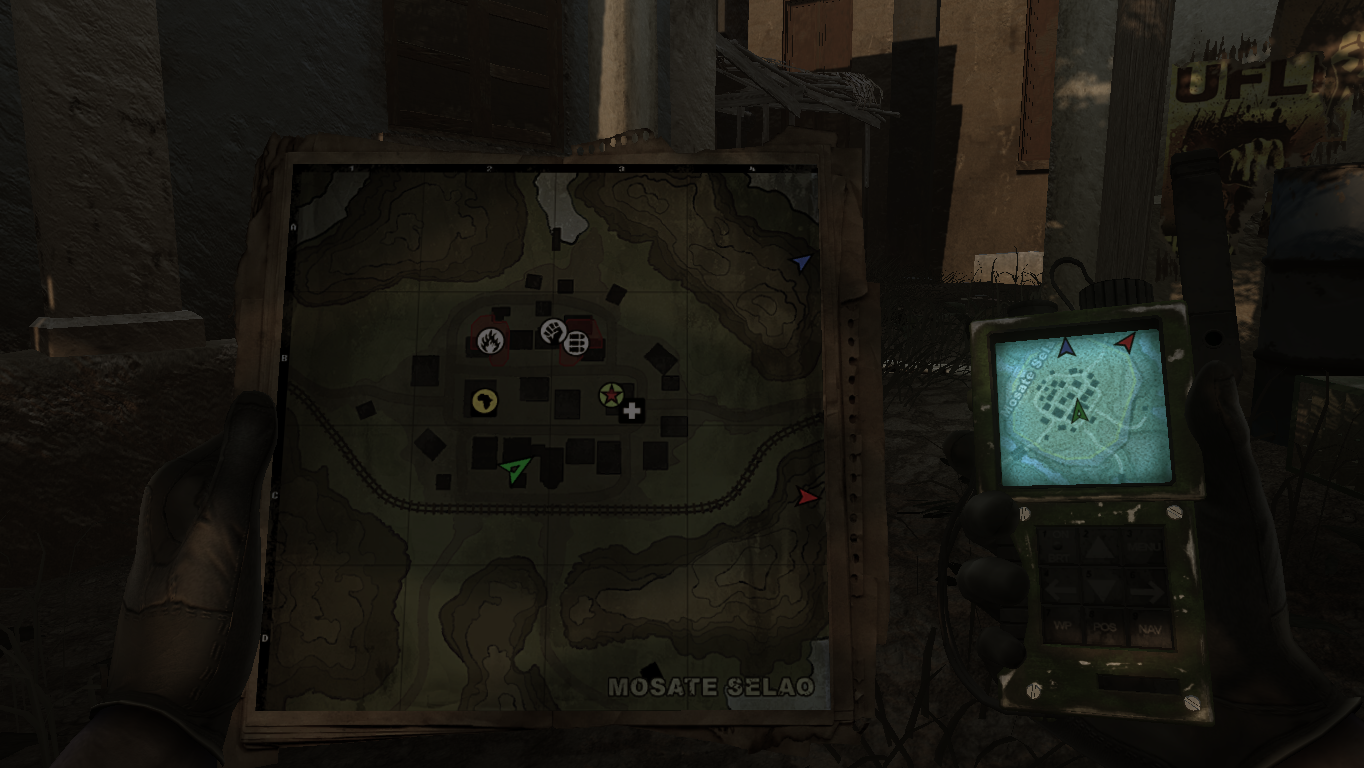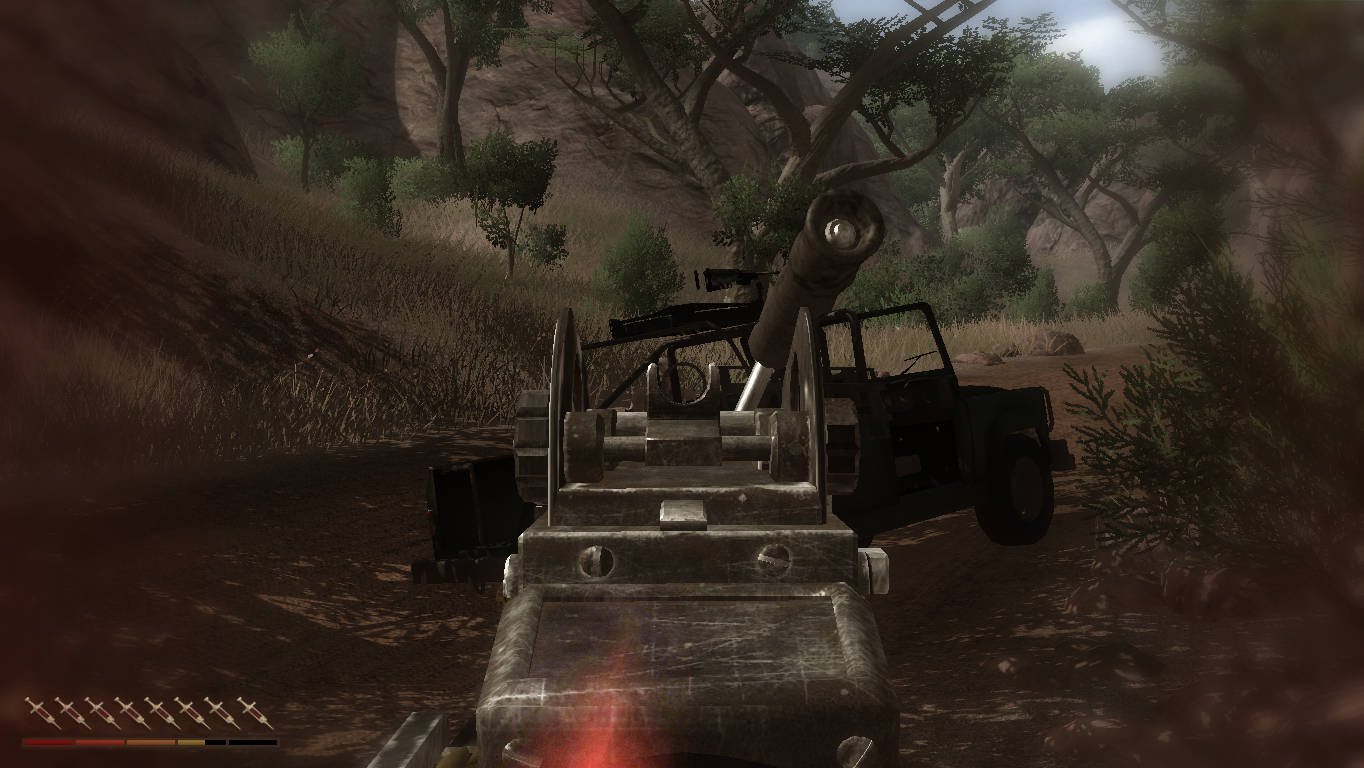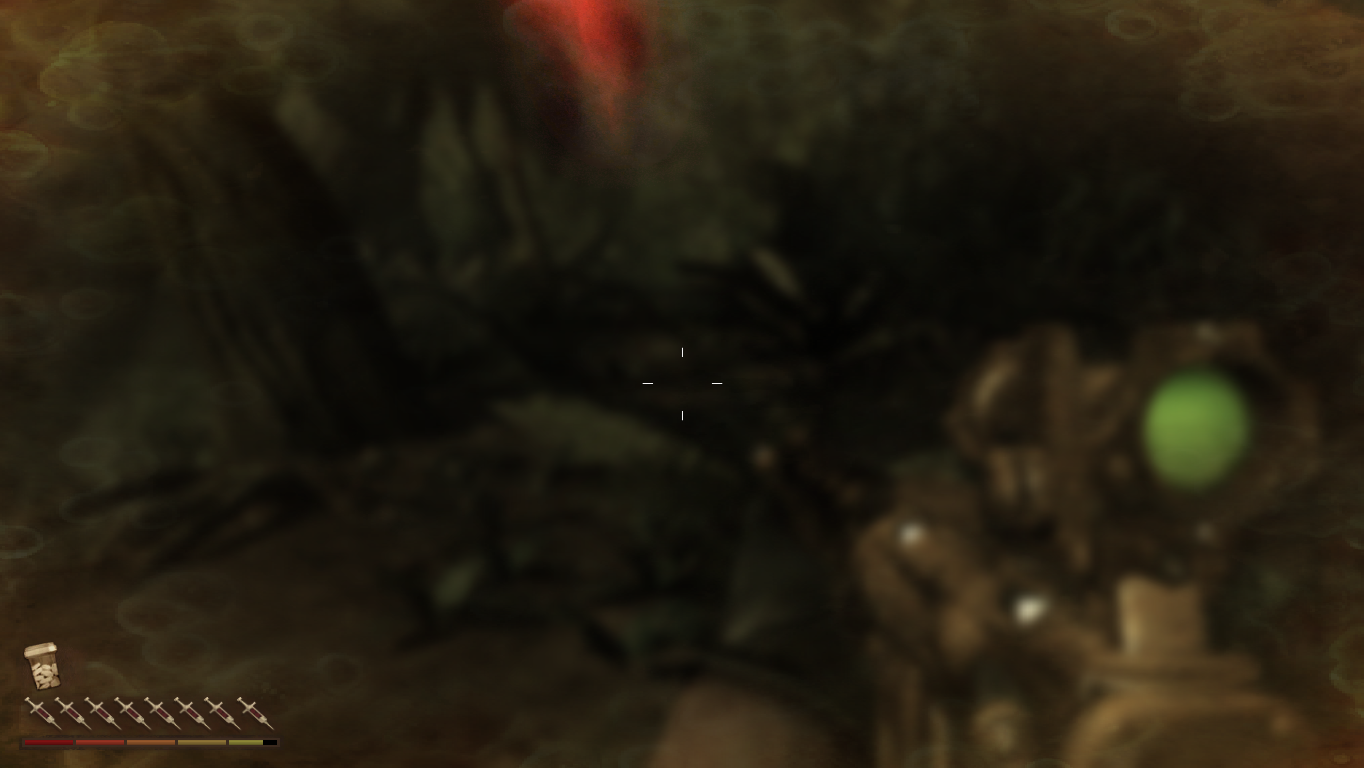Hello, and welcome me back to my own blog. Anybody ? Nobody ?
Anyway….let me welcome myself back to my own blog. With a game review (which is what I used to like to do before I began writing about a lot of heavy stuff like politics). While I’ve been away, I haven’t exactly been away from my games – and have been replaying a lot of what I have already played. I was deep into Destiny 2, in fact, having returned to the game after a hiatus of almost a year. Then, one fine day, I was told by an email birdie that Outriders was for sale. In a impulsive moment, I took the dive.
And…..felt intensely happy that I was back where I felt I belonged – in worlds that reminded me so much of those I loved, but which had become old. In other words, looter shooters with modern graphics. But comfort can give way to ennui, and ennui to a feeling of déjà vu every time a new enemy spawns, another captain falls or another part of the map opens up. So did I give up playing midway like I have so many other games in the recent past ? Nope. Why ? Read on!
Graphics –
I’d love to say that the graphics blew my mind away, but that would just be exaggerating what was a good first impression. Playing on my Nvidia RTX 3070 at 4K with DLSS set to Quality, the game ran well. Better, in fact, that another game involving fighting ghostly creatures in modern day Tokyo. As you may imagine, such a game won’t exactly push Cyberpunk to the wall in terms of its graphics capabilities, but it’s well designed and looks stunning. The world (or worlds) have a stunning amount of detail, as does everything from armor to muscle movements to even gunshots. The result is a visual treat that doesn’t kill your GPU in the process.
It’s a fast paced game, so a massive drop in FPS would make it unplayable during fast encounters (and all encounters are fast here). But at 4K and everything set to Ultra, the detailed surfaces, the way the rays played with the surfaces and shone off armor and liquid surfaces, it felt like I was actually playing a game that took its graphics seriously.
Speaking of serious graphics, the worlds are somewhat stereotypical – lush tropical forests, arid deserts, post-apocalyptic trenches and futuristic cities. We have encountered all of these before, in Destiny 2, some in Division 2, some even in the Diablo franchise of yore. Neither are the design elements themselves radical – alien civilizations building windows with giant crosses reminiscent of church windows isn’t exactly novel to begin with. But whatever has been done, has been done masterfully and the attention to detail ( I know I sound like a broken record here) make the world come alive, making you want to stay longer and linger even after levels have been completed.
One minor grouse is the fact that the night and day cycles don’t seem to be random. While the day cycle makes for the best visuals, one wishes there were more early morning/late evening or night levels where you could actually play under the stars or the rising/setting sun. There are indeed some, and they add a welcome tone of divergence from the monotony of daylight levels.
Last and not missed was ray tracing. Solid textures and lighting have become advanced enough that even without ray tracing, the game doesn’t seem to be missing much. And it makes sense that ray tracing wasn’t included – it’s a fast paced game and ray tracing is known to be resource heavy on GPUs. Assuming many would be using GPUs of older generations, massive drops of FPS that caused enemies to look great but also made you die a lot more often really wouldn’t help.
Overall though, the game is a solid graphics package and keeps your eyes riveted to the screen even after the firefights are over.
Rating : 4.5/5
Plot – Something bad happened, earth is uninhabitable, people built a ship to take them to a new planet and then things went wrong. If this script has you yawning, join the club. Having played so many games that start with the assumption that life on earth is six feet under, it feels as if the plot (whichever twist is given to it) simply lacks the element of pure novelty that we experienced with say Halo.
That said, it isn’t a bad plot. In fact, after a point of time, I was playing on simply to see how the story ends. The game puts you into the shoes of an Outrider, folks who were supposed to explore Enoch (the alien planet that’s now the only refuge of humanity) before the others landed. S*** hit the fan soon after they landed and long story short, your outrider was put into cryo (hibernation for the uninitiated) and woke up 31 years later to find that everything has gone awry. Needless to add, it’s up to you to fix things, taking advantage of the fact that the storm somehow gave you superpowers and now you’re an “Altered”.
In course of fixing things, you become fixated on a signal coming from some place “beyond the storms” that mucked everything up, and set out to find it. On the way, you encounter a number of groups, some hostile and some friendly, until you achieve your goal. I won’t give away any spoilers here, but the story keeps you going even though it seems contrived at times.
Honestly, even though the premise is so worn out by overuse, the twists and turns are worthy of a few awards at least. The pace is just about right, with each firefight revealing something new, and keeping you in the game to learn more. The climax is, again, a bit expected and also a bit unexplained, but leaves you with the feeling that you have achieved what you set out to do and not in a way that you could predict from a mile away.
In other words, a good story based on some very overused premises and assumptions.
Rating : 3.5/5
Gameplay – I titled this review Outwardly satisfying, and the gameplay is the primary reason for that. Before I dive in, can I ask if you have played Division 2 (or 1 for that matter) ? You have ? Great, then you will feel right at home in Outriders. From the very first barrier you hunker down behind and the very first autoturret you throw to spew bullets at your enemies, the Division 2 nostalgia hits you hard.
Now the nostalgia may vary depending on the class you choose. Outriders is one of the few games which gives you discrete character classes based on how you play, rather than the rather stereotypical Tank/Wizard/Amazon or similar division, and this helps since each person approaches the game in a different way. Even better, the choice is given to you after you have played through the intro, so you know what to expect and how you want to progress.
I chose Technomancer, who specializes in staying back and firing from a distance. This was why Division 2 is the closest comparison perhaps. Others, like the Trickster, may make your gameplay more reminiscent of Darksiders, especially the Darksiders III one.
Whatever class you choose, the gameplay boils down to shooting and looting. You have a fixed number of skills, which you unlock as you progress through the levels. The highest is unlocked at level 17, so you may want to move up to at least that level as fast as you can. In battle, you use those skills to get an edge over your enemies (or just to catch a breath in the more challenging levels). For my part, the first three skills proved enough for me to move through the game and I never used the more advanced skills.
Along with skills, you also get a number of class points, which basically allow you to add improvements to your skills or your character, much like skill trees in RPGs. You can progress through the levels to unlock points faster, which allows you to hone your Outrider based on your playstyle.
And then there are the weapons. Like any RPG, it begins with piss standard weapons and goes all the way up to legendaries. However, the middle of the road Rare tier are good looking enough and useful enough to be usable in boss fights at the highest difficulty you want to play on. Epic and Legendary are good to have, but aren’t compulsory and don’t make this game a gun and armor grind like Destiny 2 has become of late.
What do you do with all this ? Well, going back to the Division 2 analogy, the game contains levels, each of which contain large areas. Once you enter, the game throws enemies at you. Grunt enemies are accompanied by captains, and also by the toughest enemies, the bosses. The human (and two footed alien) varieties have “Altered” (like you) as their toughest enemies, while the four footed alien variety have hulking behemoths as their toughest tier. Fire, run, dodge, run, fire, throw skill, use skill, fire, dodge, fire, run, you know the drill.
And this is why the game is outwardly satisfying rather than being truly satisfying – it’s the limitations of the enemies facing you. While there are a number of groups and each have their own units, the human enemies (and two footed aliens) can roughly be divided into the grunt shooters, the sharpshooters, the shotgun-wielding rushers, the knife-wielding superfast rushers and finally, the captains and the Altered. The four legged variety are even simpler – grunts, poisonous grunts/fire breathing grunts, flying minibosses and behemoth bosses.
Regardless of which level you are playing, the game will throw the same enemies at you, in gradually increasing quantities. If your first encounter with a race sees two captains turn up, the next one will probably have three or four. But they’ll be the same – there aren’t any special enemies that have unique skills. Well, there are, but these are scripted boss fights that only occur at specific points of the game, and they’re darn few.
The feeling of comfortable familiarity then rapidly changes into a feeling of déjà vu. It seems that whichever map you’re on, you’re just going to face an increase in quantity, and have to deal with them in tighter and tougher spaces. Perhaps 3-4 minibosses at once, perhaps with them coming with their own swarms of minions. But basically, just more of the same.
While the quantity of enemies in any one map is fixed, their difficulty is for you to set. The game uses a feature called world tier. Play on a specific world tier for long enough and it will fill up like your experience bar. You will get a reward and the next tier will unlock. Each tier makes the enemies tougher, but also allows you to equip better gear and obtain even better gear. The good part is that you can always fall back to a lower tier if the going gets too tough, as long as you make the decision before a fight begins, and are prepared to settle for poorer loot.
That said, the game gives you no apparent reason to bother moving from one tier to another, other than the loot. There aren’t any experience modifiers that I could make out, with Tier 1 and Tier 10 (the farthest I got) giving the same amount of experience. The enemies’ actions also don’t change – they remain the same. A Bulwark will always rush you with a shotgun regardless of which tier you’re on. It would have been good if the higher tiers gave the enemies some previously unseen powers that mixed things up a little bit.
There are a lot of improvement and customization options that you can very well do without. I took a standard Rare assault rifle raised to my current level to my final boss fight, simply because it was easier to upgrade than the fancy epics or legendaries.
Once you finish your final boss though, the game’s true déjà vu feeling starts to sink in. The World Tiers turn into Ascension Tiers, which are basically the same thing except that they are adjusted for endgame content called Expeditions. Expeditions are basically survival challenges where you must weather waves upon waves of enemies, who just keep coming at you because the game has, by this time, completely exhausted any claim it had to novelty. I finished exactly one expedition and it persuaded me that unless I really enjoyed clicking my mouse button endless number of times for the same shooting animations to play again and again, I was done and dusted.
Oh, and there’s matchmaking. Except there isn’t. The game offers matchmaking options from the very beginning, but you can only matchmake with people at the exact same point in the story as you, which narrows down your options considerably. I tried matchmaking after I had finished the campaign, and well, zilch. Nada. Nothing. No matches were found and I went off to my one and only expedition as alone as ever.
To summarize then, the game feels like a comfortable chair that you know you’ve sat in before, and you settle in in just the right way. It feels relaxing, even nostalgic, and you get none of the aches and pains you would get if you were to try a completely new type of chair. Yet, the very comfort tells you that the chair doesn’t have anything new to offer beyond a point – and you eventually tire of it. Sure, you could stay in your comfort zone and you’ll be well entertained by the game, but if you’re looking for variety or novelty or anything that isn’t already there in Destiny 2 or Division 2, well you’re in the wrong place.
Rating : 2.5/5
Characters – The game gives you a number of characters, and they are part of what kept me going despite the repetitive gameplay. From the young and somewhat childish Shira to the older leader Shira, to the emo girl Channa to the mercenary Bailey to the…… you know what, there are a helluva lot of good female characters in this game. Add to them some good male ones as well – Dr. Zahedi to begin with. All of them are played well, as is the person voicing your Outrider. The voice acting is good, the emotional moments are drawn out just about right. Perhaps drawn out a bit too much at times, but then you do need cutscenes to keep the more story-seeking players invested.
The game allows you to explore the main characters not only through cutscenes but also through mano-a-mano dialogues that bring out their characters and motives. Some characters begin as NPCs, turn into challenging bosses, and in what might be a new record for forbearance, go back to being your allies. Again, some of the moments with the NPCs seem contrived and tired, but overall, they keep the story moving forward and keep the player emotionally engaged enough to keep playing.
Not so the villains, unfortunately. The second villain you meet in the game (and the first in the current day scenario), can be defeated through a side quest i.e. he isn’t even important enough to be given his own main mission. Beyond that, enemies like Moloch just appear and have to be defeated – no explanation as to their motives, no character or tension building, nothing. The final boss, Yagak, also seems to be in there simply because the developers felt that he would be a good endgame boss. Compared to some memorable bosses, like those of the Far Cry series, the bosses of Outriders are baddies because baddies are required for bossfights. No grey areas here. Wipe them and move on.
This lopsided situation means that you are always on the right side and doing the right things, simply because the motivations of the other side are never clear (or are cartoonishly so). Complex storytelling there is, but it would have been so much more layered if they had brought in a villain with an actual backstory to explore and moral grey areas to encounter. Being a good guy is too easy in this game.
Rating : 3/5
Conclusion –
Come for the kills, stay for the story. That at least, is my experience with the game. I started out with the comfort of a familiar gameplay mechanic, and achieved a sort of mastery of the major gameplay mechanics really fast. Then I got bored and stayed on simply to finish the rather good story. Once it was over, I walked off.
So would I recommend it ? Definitely. The story is surprisingly good, even if the villains are one-dimensional and the plot seems a caricature at some points. The graphics are quite good, though no surprises here. Overall, the game possesses just about enough to keep you coming back until you’ve finished the story, and that, in my humble opinion, is what constitutes a satisfactory investment, but only one that is outwardly so.
Rating : 4/5


